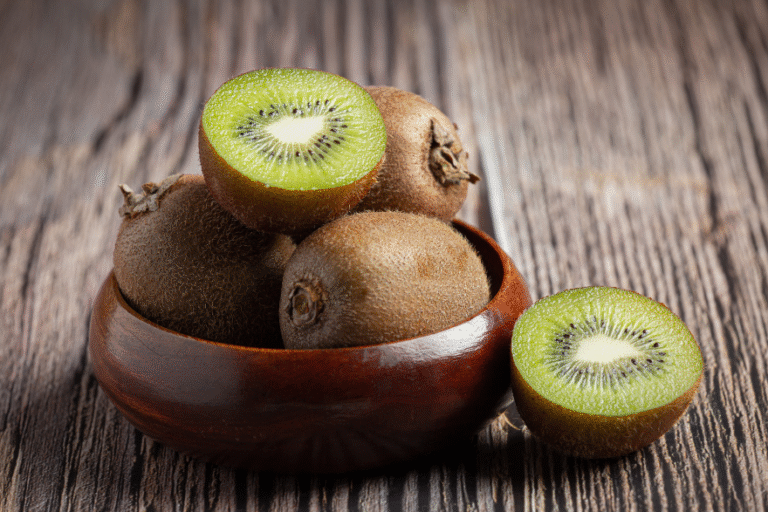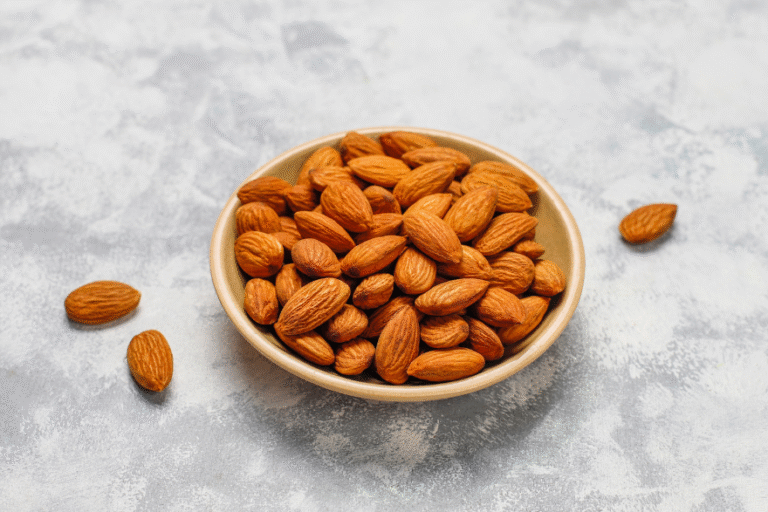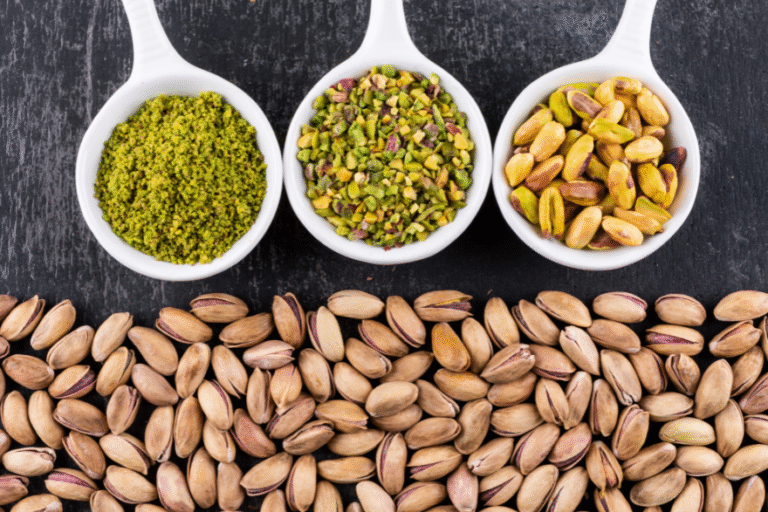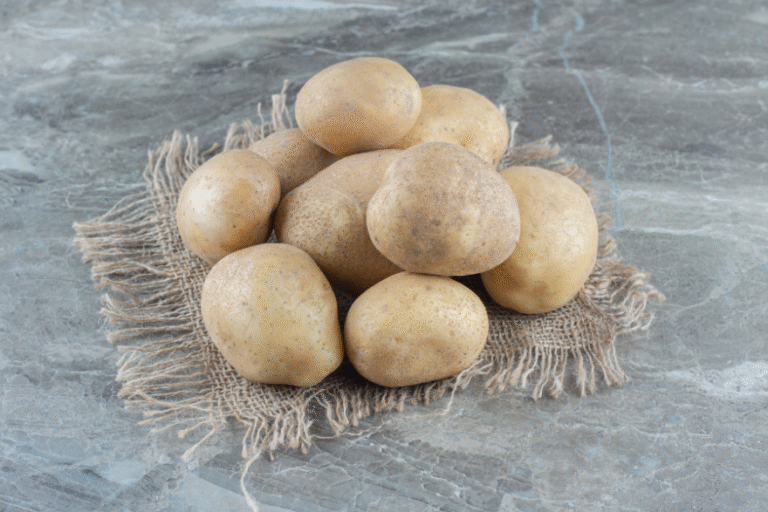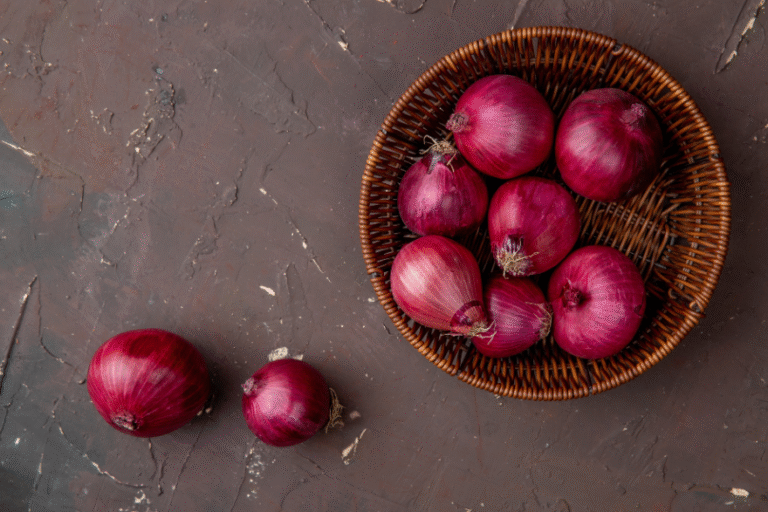History and Overview
Potato (Solanum tuberosum) was introduced to Asia in the late sixteenth or early seventeenth century, most likely by Portuguese mariners. However, as Europeans at that time were still ambivalent about potato as a source of wholesome nutrition, its
inclusion as cargo aboard ships from Portugal (and subsequently other European countries) could have been as a botanical
curiosity, not only as a potential food crop (Malik 1995, p. 4).
The early history of potato in the region is ambiguous also because the term “potato” is derived from “batata,” the Carib term for
sweetpotato (Ipomoea batatas), which preceded potato by approximately eighty years in its first transatlantic voyage to Europe
(and subsequently Asia and Africa) from South America (Purseglove 1968). Documents of this era noting “potato” could
therefore be referring to either crop. The first documented evidence of the arrival of (unambiguous) potato to the area of
contemporary Iran is the formal introduction to the court of Persia in the early nineteenth century by the British consul, John
Malcolm, commemorated by the locally adopted name atuyi Malkam, “Malcolm’s plum” (Laufer 1938). But this formal
introduction does not preclude the likelihood of less formal migrations.
Though historically regarded as a minor crop, potato has become widely adopted. It is clearly becoming more important as Iran
faces an unprecedented water crisis, as of 2021 the most serious drought in fifty years (Vatanka, 2021), with a population that
has grown roughly 2.5 times over that period. (The drought has persisted through 2023.) Iran over the past several decades has
used approximately 9o percent of its available water for agriculture (Keshavarz et. al., 2005; Shokri, 2021), much of it for wheat,
accounting for about half of all cultivated land and long considered the most essential staple crop (Lim, 2020). Potato’s growing
popularity is partly because, under the right circumstances, potato can make more productive use of scarce water.
Iranian governments have had to manage the tradeoffs of food self-sufficiency (the country meeting essential needs from its own
production, with some imported inputs) vs. food security (regular access to adequate food, mostly via food imports financed by
oil exports). After nearly achieving agricultural self-sufficiency in the 1960s, by 1979 (the year the shah was deposed), 65 percent
of the country’s food had to be imported (Wikipedia: Agriculture in Iran). Iran’s dependency on food imports was in part due to
the neglect of agriculture in favor of rapid industrialization (Armajani, 1979) and misguided agricultural modernization where
attempted, such as the excessive use of commercial fertilizers not suited to Iran’s soils (op. cit.).
Geography and Areas of Cultivation
Physical Geography and Climate
The climate of Iran is very diverse, reflecting the complexity of its physical geography. Farming conditions, whether naturally
occurring or the result human intervention, are likewise diverse.
The physical geography of the country is dominated by mountain chains surrounding interior basins, the predominant chain
being the Zagros, a series of roughly parallel ridges interspersed with plains extending from the northwest to the southeast.
Several peaks exceed 4,000 meters above sea level (masl, or over 13,000 feet), declining as the range reaches its southeastern
extent. Adjacent to the Caspian Sea is another chain, important to potato cultivation, the Alborz Mountains, including Mount
Damavand, at 5,600 masl (almost 18,400 feet) Iran’s highest peak. The closed basins forming the center of Iran are collectively
known as the Central Plateau, averaging about 900 masl, or almost 3,000 feet (LOC: Topography).
Distribution of Potato Cultivation
Potato is cultivated widely across Iran. Areas identified as the primary centers of cultivation in the 1970s (George, 1978) remain
so a half-century later. (Most of these locations can be located on the Geo Currents map of Provinces and Major Cities of Iran.)
* The Zagros Mountains, extending southeastward from the western portion of the Elburz range toward the center of Iran.
The most important areas are Hamadan, Ardebil, and Isfahan (Schripsema and Meijer, 2017). Potato production in both
the southern and northern highlands generally occurs at elevations between 1,000 and 2,000 masl.
* The Elburz Mountains (alternate spellings including “Alburz” and “Elborz”), a narrow range around the southern shore
of the Caspian Sea, extending northeast into the lower altitude Aladagh Mountains, approaching the border with
Turkmenistan. Potato is a major crop here, grown from Tabriz in the northwest to Mashhad in the northeast. Other
centers of production in the Elburz include Ardabil, Zanjan, and Gorgan.
* Some scattered production in the arid lowlands of southern Iran near the Persian Gulf, especially in Fars, the area
around Bandar Abbas, and parts of Baluchistan, Khuzestan, and Shiraz (Schmiediche et. al., 1986; Fisher, 1986).
Cultivation Practices and Constraints
Hydrology and Irrigation
The challenge of food production in a dry land, though becoming more severe, is not new to Iran. Not only is precipitation
usually minimal, but the arid climate forces a high level of evapotranspiration which further limits water available to agriculture.
Across most of Iran, there is very little rain during the hot summer. The water carried by a few minor rivers from the mountains
flowing toward the Central Plateau often disappears into vast stretches of alluvial gravel, sand, and silt, much of it permeating
into the ground before it can be used directly at the surface for agriculture.
This is not the end of the story. For millennia, the water necessary to sustain agriculture across Iran’s more arid lands has been
provided via qanats, often utilizing paleowater contained in natural below-ground reservoirs. According to the Iranian Ministry
of Agriculture, there are over 37,000 qanats nationwide extending over 30,000 kilometers (Satoyama Initiative). The fundamental technology of qanat might have originated in the area of contemporary Iran, but in any case can be found in at least 34
current countries, known by various names (ibid.).
Varieties and Seed Systems
This has been the topic of very little recent research. A survey and evaluation of varieties, published in 2012, included eleven, but
the evaluations were carried out in more formal experimental conditions, with no indication of how widely each variety was
cultivated at that time (Esfahani et. al., 2012). According to the commercial site Potato Pro, “Traditional varieties prized for
their culinary qualities continue to be grown in the mountainous north,” but no source or date for this observation is provided.
Seed systems are sometimes described as “formal” and “informal,” though the distinction can be subtle. The “formal” system
refers to seed potato produced and distributed by state-sponsored agencies, possibly with some involvement by private
enterprise or non-government organizations (NGOs). Seed from the formal sector has generally been subject to an inspection
process intended to assure that it is of the variety claimed, with low incidence of disease or pest infestation, and otherwise
viable. Such seed is often referred to as “certified seed,” although the precise definition of this term is locally variable. The
“informal” system refers to seed that has been produced and distributed by farmers themselves, either retained or locally
exchanged. However, “informal” systems can be very well organized.
As reported in 2017, an important element of the formal system in Iran has been the Union of Seed Potato Producers, including
about a hundred member-farmers, who multiply seed potato, mostly imported from several private firms in the Netherlands.
The Iranian Government restricts the amount annually imported seed to 1,000 tons, though there are provisions to suspend the
restriction if necessary, and the usual amount has been 600 t0 700 tons. The most popular varieties, as of 2017, are Agria,
followed by Banba and Jelly. The variety Marfona had been popular, but was reported as decreasing (Schripsema and Meijer,
2017). There is also an “informal” system consisting of ware potatoes (intended for consumption) which are retained as seed for
a later crop, but according to a Dutch source, “this unofficial seed system should be discouraged” (ibid.). This is nonetheless
common practice for farmers of limited resources in Iran and many other countries.

